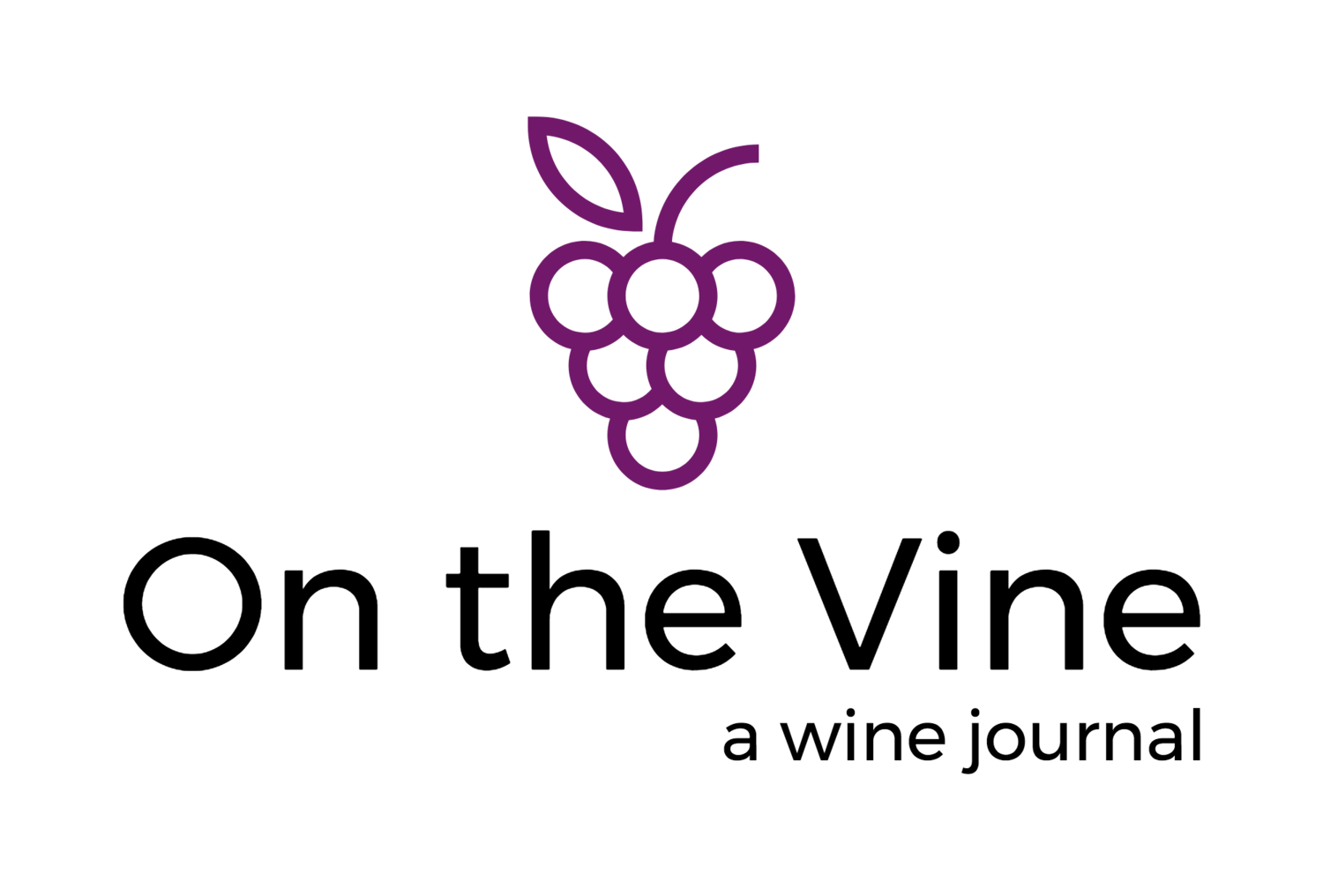Up Close in Paso Robles – 1 of 2
/Photo Courtesy of Paso Robles Wine Country Alliance
People decide to make wine for a lot of different reasons. Learning these stories is among the joys of touring any wine country. The Paso Robles area offers the opportunity to get up close to these personal histories while experiencing their most recent “chapters” in a glass of wine.
The Paso Robles wine region is a success story by any measure. The area gained official recognition in 1983 with 17 wineries cultivating 5,000 acres. Today that original AVA (American Viticultural Area) has 11 sub-regions and encompasses 200 wineries on more than 32,000 vineyard acres. It has recently been hailed by Wine Enthusiast and Sunset magazines. Its wineries offer 40 varietals and come in all shapes and sizes, from tiny boutique operations to mid-sized, nationally-distributed corporations. Paso is now a well-established wine producing region.
Despite all this growth, there remain many small-production (2000 cases or less per year) wineries here, and these proved to be a rewarding focus for a short trip to the area this past month. This post profiles the work of two wineries where the stories of the people are as rooted in this place as the vines themselves. A second post will focus on vintners who came to wine from other pursuits.
“We spend our money making the wine,” said Cathy as she staffed a tiny tasting bar built onto the side of a barrel room located at the end of a dirt road. She is a UC Davis-educated member of a family that has been making wine here since 1987, continuing a generations-old family tradition that started many years ago in Genoa, Italy. One wall of the tasting room is painted with a mural depicting the family's "old country" homeland – a detail from which is featured on the winery's bottle label.
Holding down production is a conscious choice that the Perata family believes is necessary to maintain high quality and to allow them to stay close to the vineyard and the winemaking process. All the fruit is grown in their 40-acre Templeton Gap District vineyard using sustainable dry farming practices. The unfiltered, unfined reds range from Zinfandel and Bordeaux varieties to less frequently encountered Italian varietals like Barbera, Sangiovese, Charbono and Montepulciano. Most of their wines are held back for more aging than usual – the current releases we sampled were mostly from the 2012 and 2013 vintages. All were delicious, generous in flavor and texture, fruit-driven, well balanced and intended for enjoyment around the family table.
Bel’Bruzzo 2015
100% Montepulciano d’Abruzzo
Produced since 2005 and planted in honor of “grandma’s birthplace.” What a treat to experience what this varietal can be in California.
Merlot 2014
Cathy describes this personal favorite as “tasting like a Cab, with softer tannins.” The 2015 offered in the tasting room was sophisticated and balanced. A bottle of the 2014 came home with us.
A compact garden at the foot of a hillside filled with grazing cattle greets visitors to Tolo Cellars in Paso’s Adelaida District. One room of the cottage beyond the garden serves as the tasting room where we met Josh Gibson, the personable sole proprietor and winemaker. “Tolo” is the Chumash word for mountain lion, and Josh’s wine is about as rare as the big cat with only 1200 cases produced. The wines are also as strong and graceful as their namesake, blended from Rhône and Bordeaux varietals alongside Tempranillo, Sangiovese and Zinfandel. After starting out as an assistant at a local winery, Josh went out on his own by opening Tolo in 2005. Now well into his second decade of vintages, Josh is knowledgeable in sourcing local fruit that he crafts into single varietals and blends using native yeasts seeking to express the place where he lives and works. It is the blends that were the most compelling: bold, flavorful reds crafted by a palate that is unafraid to “color outside the lines.” The expected combinations of the Rhône “GSM” or Bordeaux blends are taken as inspirations but not as straitjackets. This willingness to pursue rich flavors and textures by growing and blending beyond the usual combinations may well turn out to be the “Paso style.”
Leros 2013
38% Syrah, 37% Grenache, 21% Mourvédre, 4% Counoise
A "Chateauneuf de pape-inspired" blend in an unmistakable California style.
Asini 2013
Sangiovese and Zinfandel blend
Zinfandel has grown at the heart of this region for generations. Here it is tempered by Sangiovese resulting in newfound balance and finesse along with bold fruit flavors.









